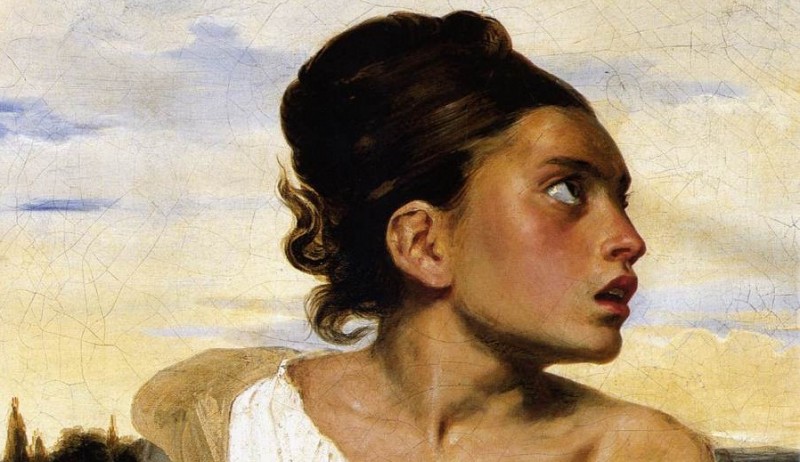Jules Schmalzigaug
October 29, 2010 — February 6, 2011
At the turn of the 20th century, Futurism originated in Italy under the guidance of writer Filippo Tommaso Marinetti, who coined and launched the movement. Marinetti, and the various followers, embraced fascism, and the paintings of the time reflected the feelings of anarchy, often using warm colors to depict frenzied scenes. Jules Schmalzigaug, who was raised in Antwerp, studied art at various schools and first discovered futurist painting at an exhibition in Paris, where he was living at the time. In 1912, invigorated by what he saw from the Italians, Schmalzigaug re-located to Venice and immersed himself in the Italian movement. For two years, he studied and produced evocative paintings in Italy. The passion in his abstract scenes is apparent and dominated by vibrant colors and wild brush strokes. Schmalzigaug’s tale, though, isn’t a long and lucrative one. Five short years after discovering futurism, Schmalzigaug committed suicide. Starting at the end of October and going until 6th February, The Royal Museums of Fine Arts of Belgium will honor the highly talented and unfortunately short-lived artist.
European Orientalism
In the 19th century and the early parts of the 20th, painters such as Delacroix and Renoir assumed a fascination with Oriental themes and eastern culture. From western points of views, this period featured artists portraying an array of topics, many concerning the sexuality of women, desert landscapes and ancient civilizations. A collection of works from this era was on display at the Royal Museums of Fine Arts of Belgium until January 9. Muted, soft colors, dominate many of the paintings, evoking a mystic feel. The work is at its most poignant with desert landscapes, such as the painting The Simoun. Memory of Syria by Jean-François Portaels. In this oil painting, there is an enigmatic desert landscape and what looks like a looming tornado. In the background, a bright yellow color contrasts with the dull tans and browns in the rest of the piece. The foreground is marked by the chaos of scurrying people. The perils of the desert, the allegorical scene, all of it captures the essence of this Oriental period of art.







